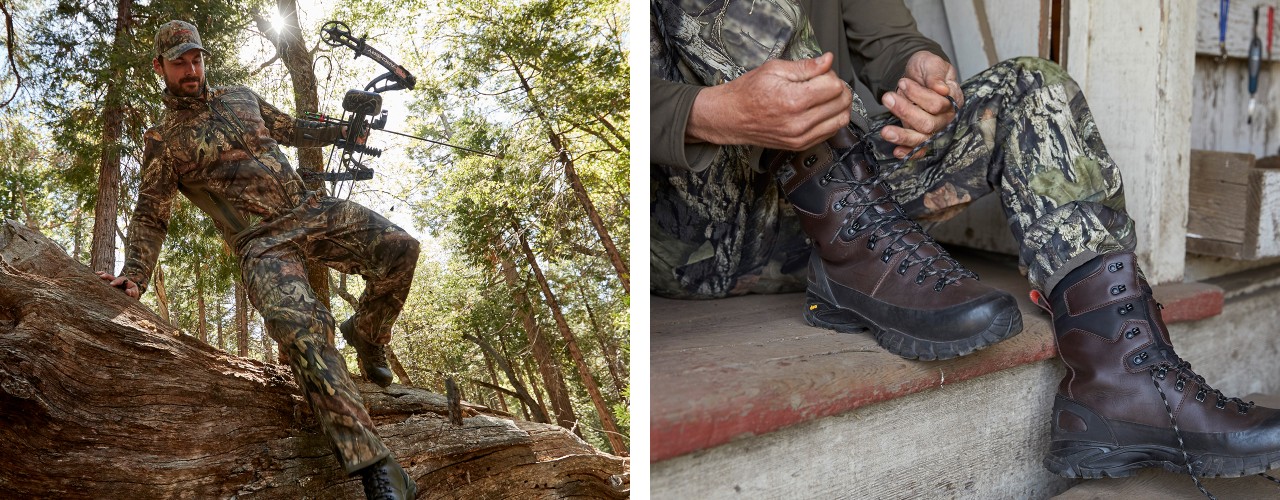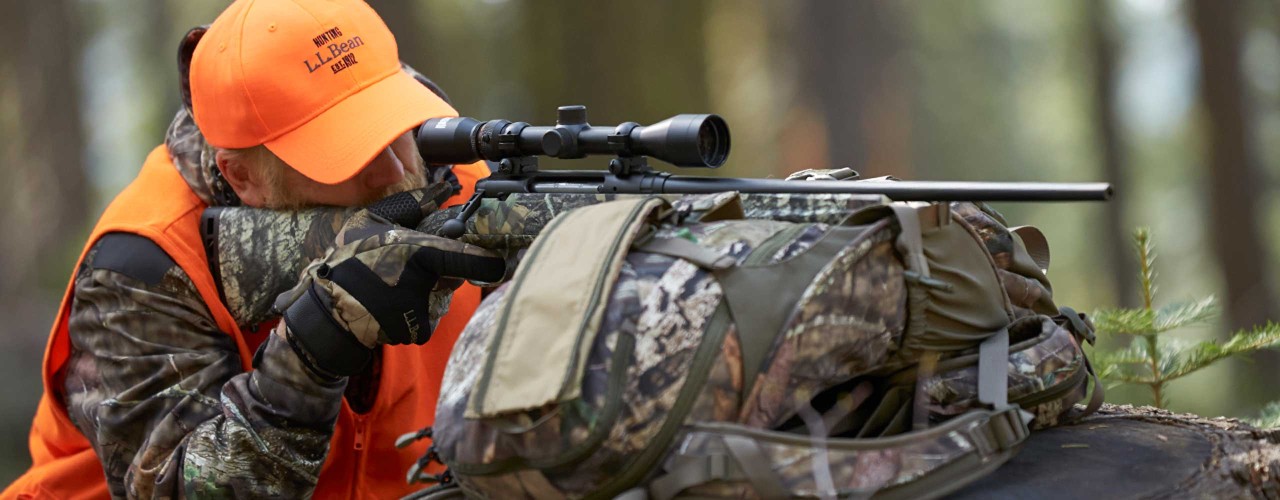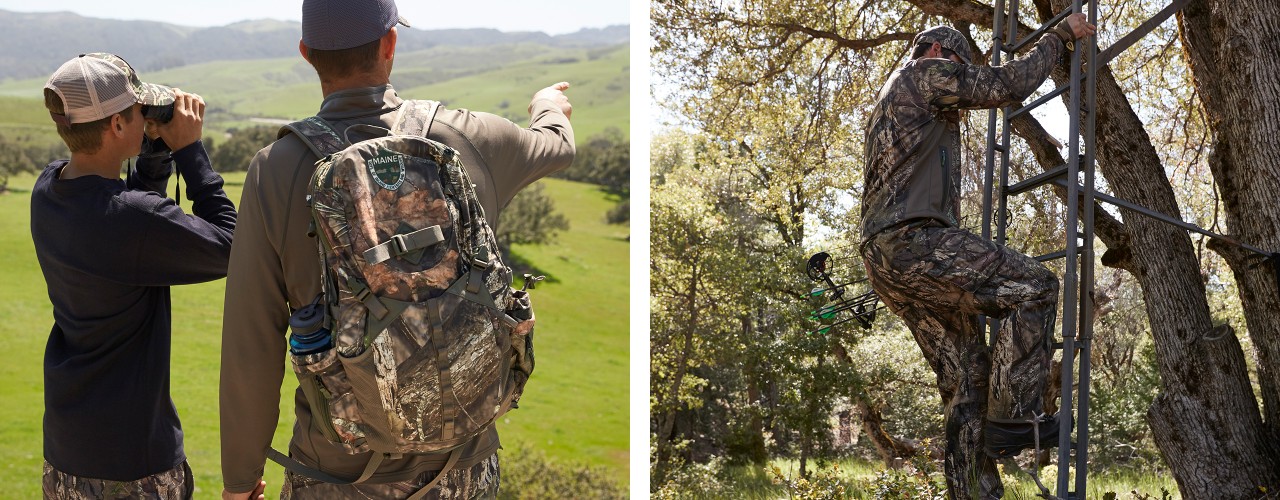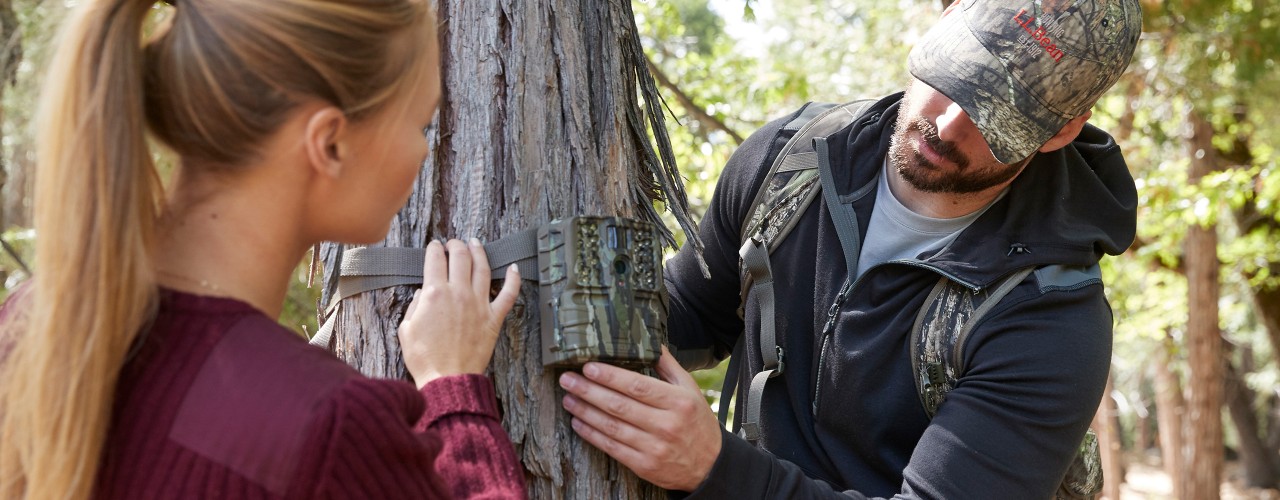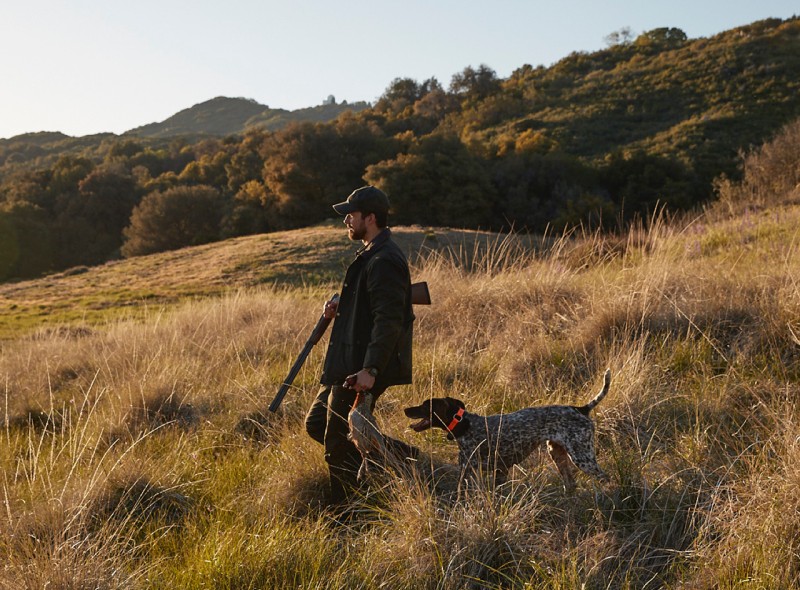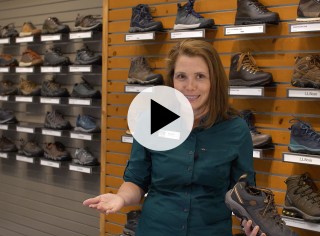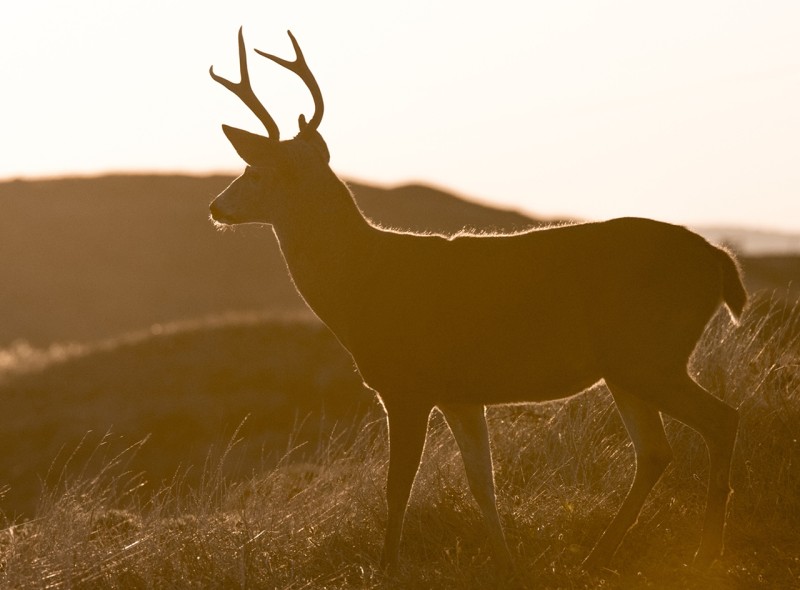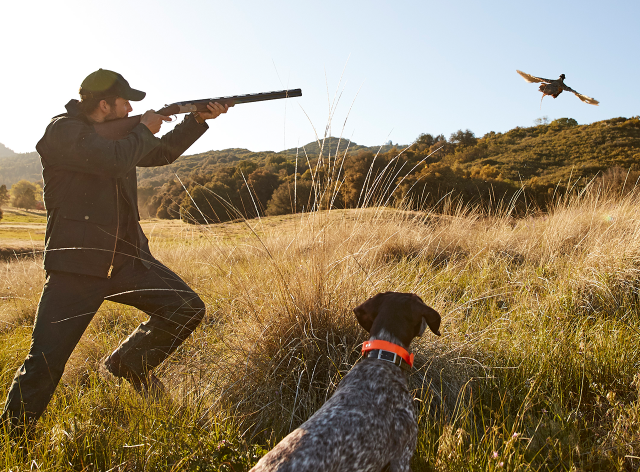Get Started Deer Hunting
With a population of over 30 million and a presence in all 50 states, deer are the most popular hunting quarry in the United States. These numbers also make deer the perfect choice for the beginning big game hunter. There are just a few things you need to ensure your success.
Things to Know Before You Get Started
Take a class
Most states require a hunter safety course before you can hunt. Even if your state does not require this class, it’s a good idea to take one anyway. Attending classes and seminars by hunting experts is a great way to learn the ropes. These often occur at hunting expos and shows at your local hunting & fishing shops. Finally, there’s a plethora of hunting videos and articles online to help you with everything from sighting in your gun to field dressing your deer.
Find an experienced hunting buddy
Getting to know an experienced and successful deer hunter who’s willing to take you under his wing is probably the best thing to ensure your fun, success and safety. They can take you out on pre-season scouting trips and help you identify features and locations that hold deer. Then, you can hunt together during the season for some “on-the-job” training.
Get to know your state's regulations
Every state’s hunting regulations are different. It’s critical you become very familiar with the rules of your state. These include season dates, bag limits, open and closed areas, the types of licenses/permits you need and special regulations.
When are you hunting?
Deer seasons—and weather—vary from state to state. This means you’ll likely need to prepare for a variety of conditions ranging from heat, cold, wind, rain, snow and more. Think about where you’re likely to hunt and do a little research on what kind of weather you’re most likely to encounter.
Footwear
L.L. Bean used to say, “If your feet are happy, you're happy.” That’s never been truer than when it comes to hunting. Since you’ll be covering some miles, it’s crucial your hunting boots fit well and are exceptionally comfortable. We don’t recommend regular hiking boots because they aren’t quiet like those designed for hunting. Your boots should be waterproof and if you’ll be hunting in colder months they should also be insulated.
Outerwear
Your outer layer needs to accomplish four things: conceal your presence, be quiet, seal in game-spooking odors and protect you from the elements. Outerwear designed for hunting should be quiet and employ technology that absorbs or conceals odors. Camouflage patterns help conceal your presence, but most states require a certain amount of Hunter’s Orange in your apparel to help you remain visible to other hunters. Check your state’s regulations. Finally, we highly recommend water- and wind-proof jacket and pants so you’ll be warm and comfortable in the field.
Other clothing
Warm, breathable and moisture-wicking next-to-skin layers help you stay comfortable in changing conditions. Make sure they are made from wool or synthetic materials; never wear cotton. Wear fleece jackets or wool sweaters under your shell in cold conditions; they can be removed and stowed in your pack if conditions change.
Hats, gloves and socks
Most body heat is lost through your head, so a good, warm hat is obviously a good idea. Gloves that allow good shooting dexterity are a must. Finish up your hunting outfit with good wool socks and you’ll be warm and comfortable. Also, be sure that all your pieces use odor-fighting technology to prevent spooking deer.
Get Ready Before The Season Starts
Deer hunting is probably the most accessible type of hunting. You don’t need water and a boat like you do for waterfowling and you don’t need a dog as you would for upland hunting. It can be as simple as walking out your backyard and into the woods.
Find Accessible Land To Hunt
The best way to find good land to hunt is to ask your hunting buddy/mentor. If you’re on your own, do you have any friends or acquaintances who own large chunks of land that you can ask for permission to hunt on? Finally, research public, state-owned lands that allow hunting. Make sure you become well-versed with the rules and regulations that may apply to each area. You’ll find that there is quite a bit of huntable land to choose from.
Pre-Season Scouting
This might be the most important ingredient of successful hunting. You need to become familiar with the areas that are likely to hold deer. These include food sources like acorns, apples and other fruit, berries, corn fields, clover and red raspberry leaves and stem tips that are abundant in clear cuts. Also, look for evidence of bedding areas where deer like to spend the night.
A highly effective way to see exactly what’s there is hanging a game camera. Modern cameras will take high-resolution photos and video of animals without spooking them. Besides seeing the deer you might be targeting, you’ll see all kinds of other wildlife.
Get your gun dialed in
All the pre-season scouting in the world won’t matter if you’re not familiar with your gun and are not able to shoot it accurately. At best you’ll miss your deer entirely, at worst you’ll just wound it. Join your local range and shoot the gun often. Work with your buddy/mentor to get it sighted in so it shoots accurately. Ethically, it’s up to you to make sure when you aim at a deer and pull the trigger, it’s a lethal shot.
Scent control
Even though you’ll be wearing scent-absorbing hunting apparel, always hunt into the wind so the deer won’t smell you or your clothing. Additionally, be aware of noise while you walk. Tread lightly so you won’t snap twigs and branches or rustle through leaves.
How Do You Want To Hunt?
There are two methods for stalking deer: still hunting and stand hunting. The method you choose is a matter of personal preference. Work with your hunting buddy/mentor to become familiar with each technique.
Still Hunting
Calling this “still” hunting is a bit of a misnomer. It actually means you are constantly on the move tracking deer in the snow or looking for other signs like rubs, scrapes and beds. The key is moving quietly and slowly, taking plenty of time to observe and listen.
Standing Hunting
This involves staying in one place for hours at a time inside a ground blind or up in a tree stand. Both stands hide your movements from the deer; the blind by physically concealing your presence, the tree stand by elevating you above the deer’s line of sight. A ground blind also provides some protection from the elements.
More Gear To Consider
Hunting Packs
Unlike upland hunting, deer hunters carry their gear in a pack and not in their outerwear. A good hunting pack provides hunting-specific organization that makes is easy to get at your hunting essentials. It’s also large enough to carry extra layers, food and water for a full day in the field.
Knife
From field dressing an animal you’ve harvested to helping with chores around the camp, a good knife is a necessity.
HEADLAMP
Since most hunting days start in the dark, a headlamp to light your way and keep your hands free is an invaluable piece of gear.
compass/gps/maps
These help you stay on the right path and able to find your way out of the woods at the end of the day.
first aid kit
Always carry a basic first aid kit to treat minor cuts, scrapes, aches and burns.
Layers, food, and water
Be ready for changing weather with extra layers; make sure they are synthetic or wool, not cotton. For full days in the field, always carry water and food to keep yourself hydrated and energized.
Check Out More Hunting Gear
Related Stories


